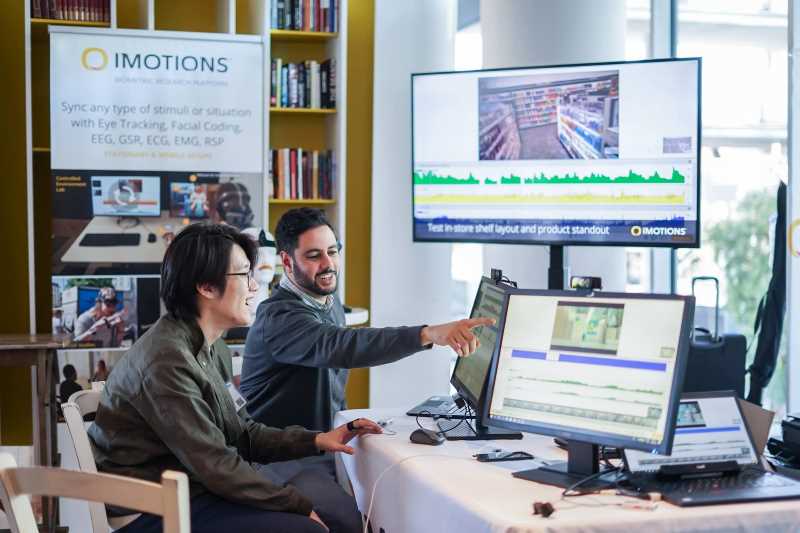This study investigated preservice teachers’ emotional experiences while interacting within a virtual scenario-based teacher-training system called Simulation for Teaching Enhancement of Authentic Classroom behavior Emulator (SimTEACHER). We created three types of interactions (no interaction, unexpected interaction, and expected interaction) within SimTEACHER and examined the influences of the interaction design on preservice teachers’ emotional responses in three aspects: key performance indicators (attention, emotional engagement, and sentiment), emotional valence (positive, neutral, and negative), and four basic emotions (joy, sadness, fear, and anger). Fourteen preservice teachers from a 4-year public university in southwestern South Korea participated in this study. The data of the participants’ emotional expressions were collected using the Emotient software, which has been widely used for automated facial expression recognition and analysis. A series of one-way repeated-measured Analysis of Variance (ANOVA) indicated that participants experienced higher positive and neutral emotions, higher emotional engagement, and a higher feeling of joy when they engaged in unexpected interactions than when they engaged in expected interactions or no interactions.
Related Posts
-

Why Dial Testing Alone Isn’t Enough in Media Testing — How to Build on It for Better Results
Consumer Insights
-

The Power of Emotional Engagement: Entertainment Content Testing with Affectiva’s Facial Expression Analysis
Consumer Insights
-

Tracking Emotional Engagement in Audience Measurement is Critical for Industry Success
Consumer Insights
-

How Real-Time Audience Intelligence Is Revolutionizing Modern Advertising
Consumer Insights



